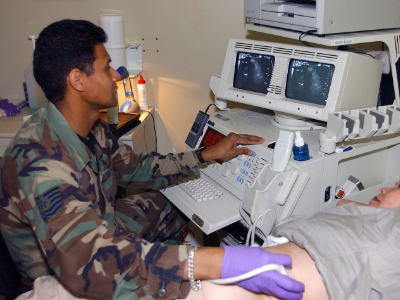Endometrial Hyperplasia: Symptoms, Types, Causes, and Treatment

What is Endometrial Hyperplasia?
Endometrial hyperplasia is a precancerous condition in which the lining of the uterus becomes unusually thick due to hormonal imbalance. This condition leads to various symptoms that may require medical care. In some women, this can lead to cancer of the uterus. However, this is a rare condition that affects at least 133 out of 100,000 women.
Types of Endometrial Hyperplasia
- Simple or without atypia. It consists of normal cells that are not cancerous and may improve without treatment.
- Simple or complex atypical EH. It is a precancerous type caused by an overgrowth of abnormal cells. This may turn into endometrial or uterine cancer if left untreated.
Symptoms of Endometrial Hyperplasia
- Abnormal menstruation
- Short or long menstrual cycle
- Missed periods in some cases
- Bleeding after menopause
What Causes Endometrial Hyperplasia?

Your menstrual cycle depends on the hormones estrogen and progesterone. Estrogen helps grow cells on the lining of the uterus. If there is no pregnancy taking place, the progesterone levels tell your uterus shed its lining. With an imbalance of these hormones, things can get out of sync. The typical cause of this condition is having too much progesterone instead of estrogen. An imbalance is caused by any of the following:
- You’ve reached menopause or you are no longer ovulating and your body doesn’t produce progesterone.
- You’re in perimenopause or when your ovulation happens regularly anymore.
- You’re beyond menopause and have taken or are currently taking estrogen.
- You have an irregular cycle, infertility, or polycystic ovary syndrome.
- You take medications that imitate estrogen.
- You are obese or overweight
What are the Risk Factors of Endometrial Hyperplasia?
- You were unlikely to be postmenopausal, at which time the risk was 0.2 times that of the asymptomatic premenopausal woman
- You were more likely to be obese, and obesity was associated with an almost threefold risk
- If postmenopausal, the risk was increased three times if hormone replacement therapy was being used.
- You have a higher rate of diabetes mellitus which was associated with almost 2.5 times higher risk
How to Diagnose Endometrial Hyperplasia?

After assessing your symptoms and medical history, your doctor may run the following diagnostic method:
- Transvaginal ultrasound. It measures the thickness of your endometrium and views your uterus and ovaries.
- Hysteroscopy. A device will be inserted into your uterus through your cervix to check for anything unusual inside the uterus.
- Biopsy. This involves taking a small tissue sample of your uterus to check for any cancerous cells. The tissue sample is then sent to a pathologist for analysis.
Treatment, Management, and Prevention of Endometrial Hyperplasia
Treatment for this condition can either be hormonal therapy or surgery. In some cases, the treatment may also include a combination of both, otherwise, it can be treated with:
- Hormonal therapy. Progestin is a synthetic form of progesterone. This is available in a pill, injection, or intrauterine form.
- Hysterectomy. If you have atypical hyperplasia, removing your uterus will lower your cancer risk.
Medication Used for Endometrial Hyperplasia
Progesterone. It is mainly used to treat endometrial hyperplasia and secondary amenorrhea in women. t works as part of hormone replacement therapy by decreasing the amount of estrogen in the uterus. It works to bring on menstruation by replacing the natural progesterone that some women are missing.
Home Care Treatment for Endometrial Hyperplasia Symptoms
- If your symptoms are acting up and you need relief, heat is one of the best home remedies you have at your disposal to relax your pelvic muscle.
- Castor oil has been used for hundreds of years to treat endometriosis. It can be used at the very beginning, when cramping is first felt, to help the body get rid of excess tissues
- Turmeric has strong anti-inflammatory properties that can be beneficial to people experiencing symptoms. You can take turmeric capsules, or make turmeric tea by boiling one cup of water and adding a teaspoon of both turmeric and ginger powder.
- You can use warm baths, hot water bottles, or heating pads to treat cramping effectively.
- Over-the-counter nonsteroidal anti-inflammatory drugs can offer fast relief from painful cramping caused by the symptoms of this condition.
- Avoid foods that cause inflammation and increase foods with anti-inflammatory properties in your diet.
- Massaging the pelvic muscles can help relax them and reduce inflammation, and reduce cramps.



